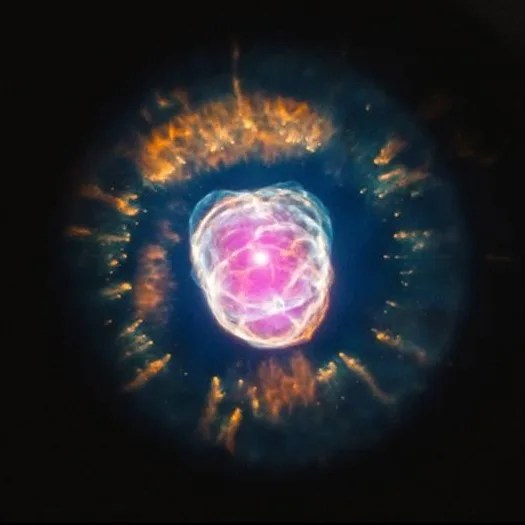Messier 19
Messier 19 is one of several globular clusters found in the constellation Ophiuchus.
Distance
28,500 light-years
Apparent Magnitude
7.7
constellation
Ophiuchus
object type
Globular Cluster
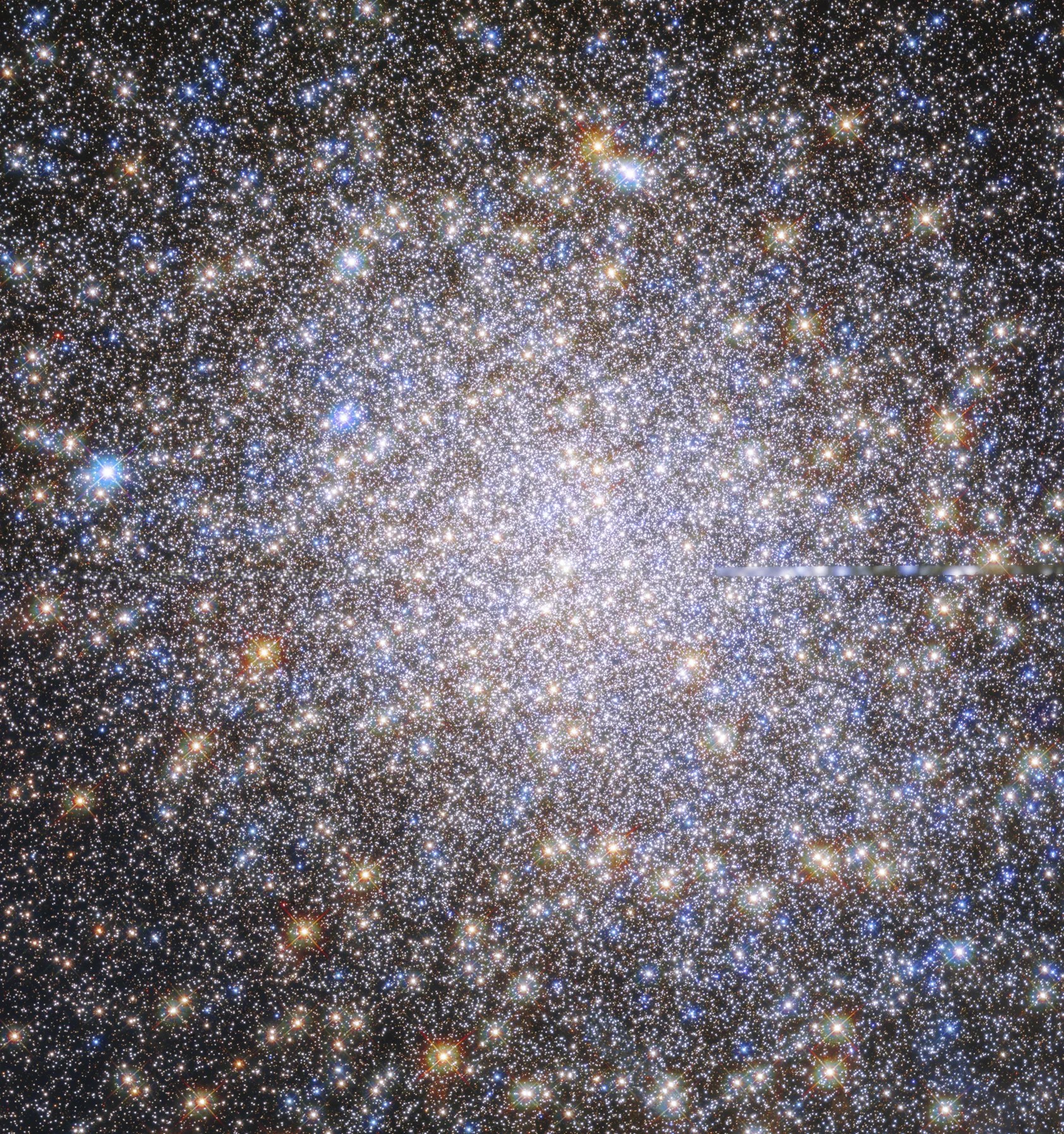
M19 was discovered by Charles Messier in 1764. The cluster is located 28,500 light-years from Earth in the constellation Ophiuchus and is most easily observed during July. It has an apparent magnitude of 7.7 and can be spotted through a pair of binoculars, though it will only appear as a faint patch of light. Large telescopes will resolve M19’s individual stars.
The stars in globular clusters orbit about a common center of gravity, so these clusters are usually spherical. Some globular clusters, like M19, have a slightly elongated shape. This cluster is only 6,500 light-years away from the center of our Milky Way galaxy, so the gravity and tidal forces from the massive galactic center could be causing M19 to stretch out.
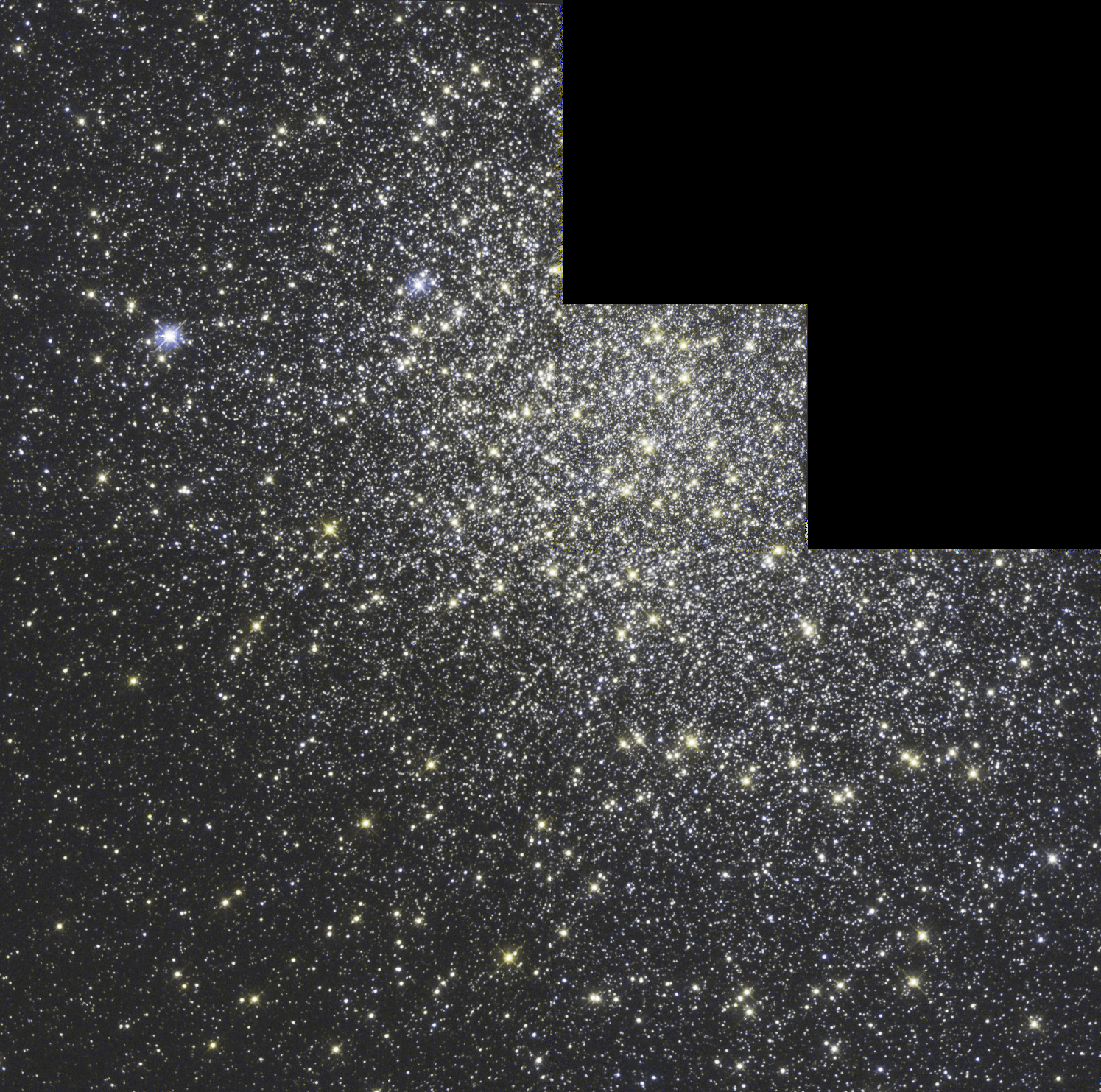
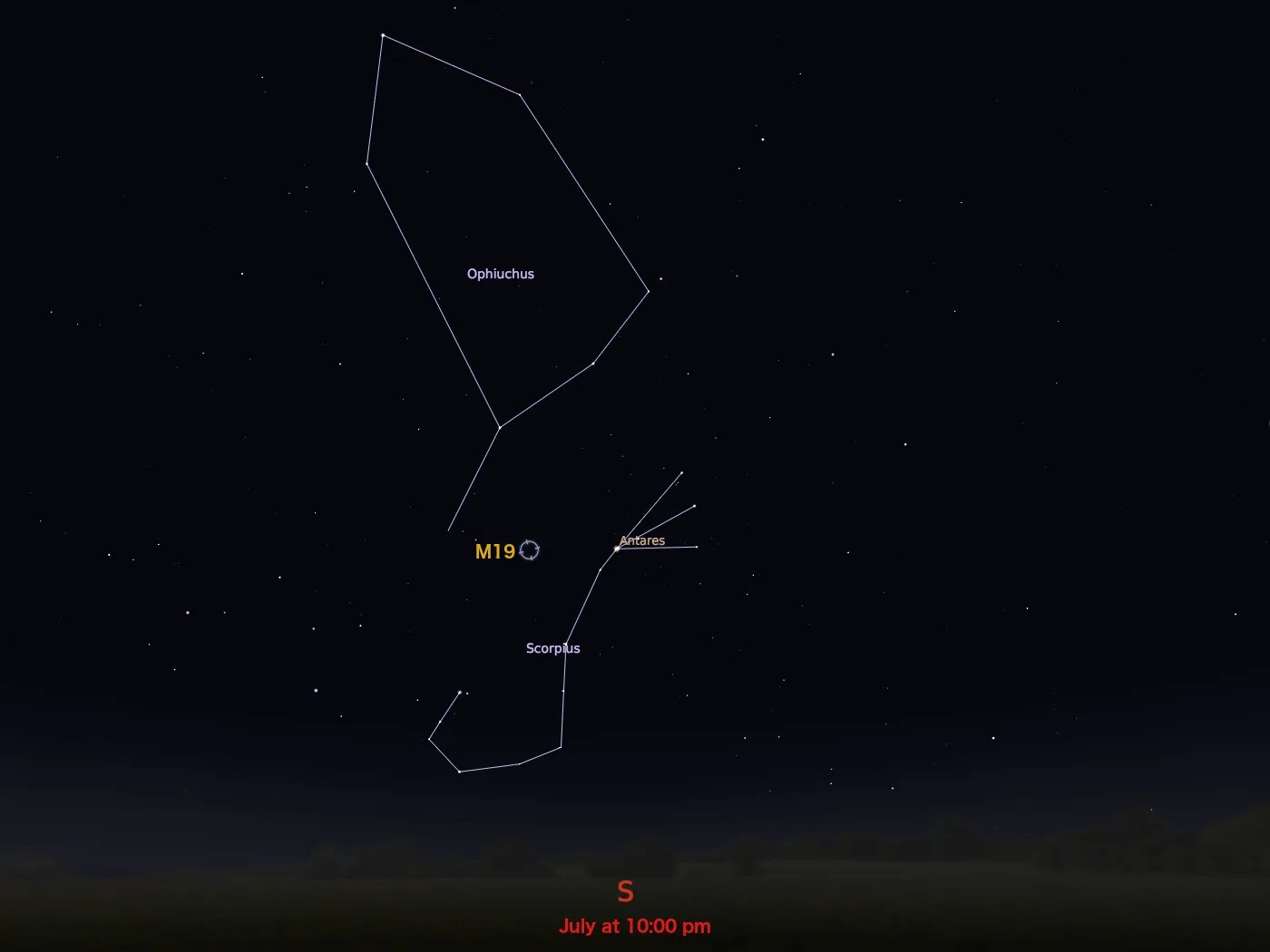
Explore Hubble's Messier Catalog
The following pages contain some of Hubble’s best images of Messier objects.

Messier 1 (The Crab Nebula)
Better known as the Crab Nebula, Charles Messier originally mistook Messier 1 for Halley’s Comet, which inspired him to create…
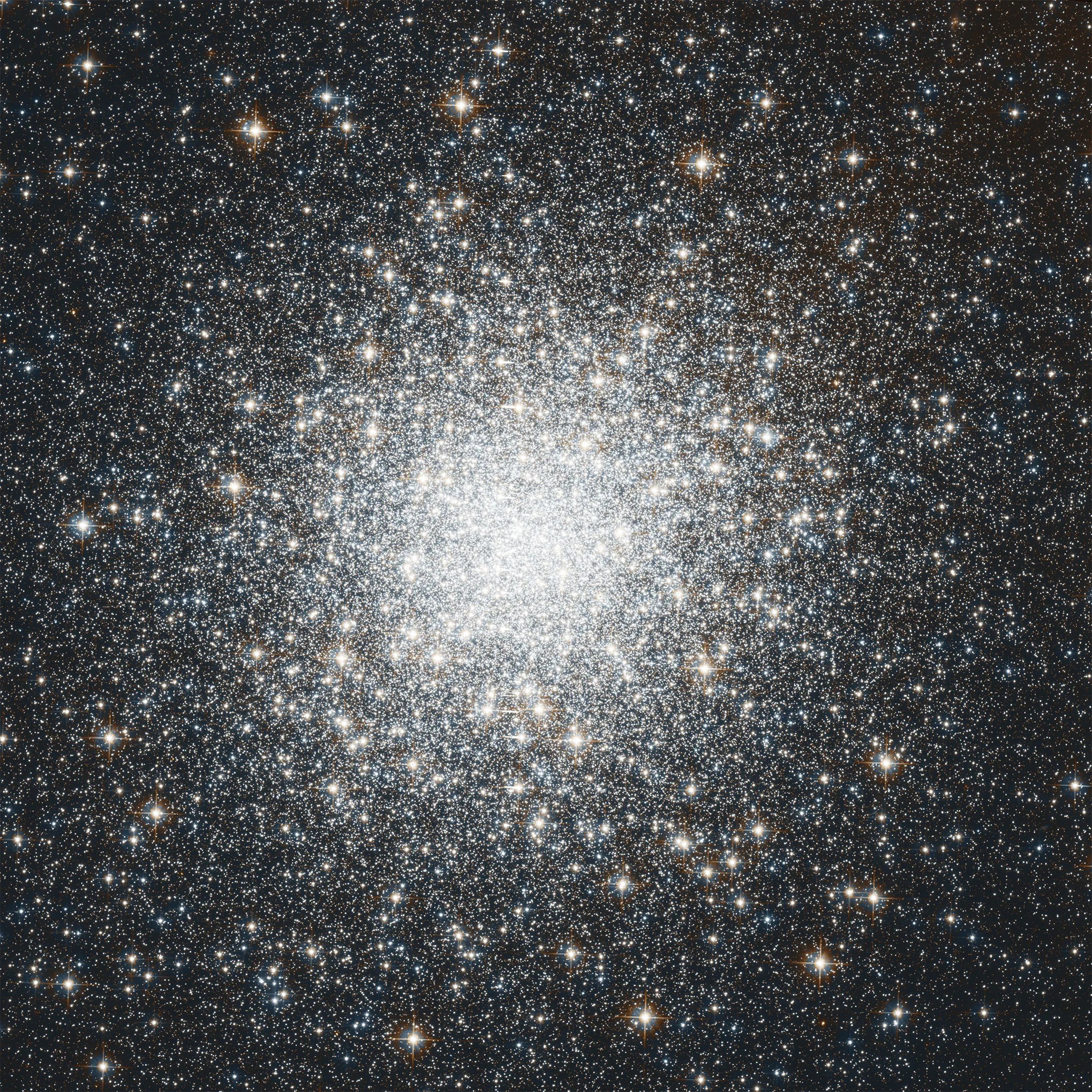
Messier 2
Hubble's image of Messier 2 is comprised of visible and infrared wavelengths of light.
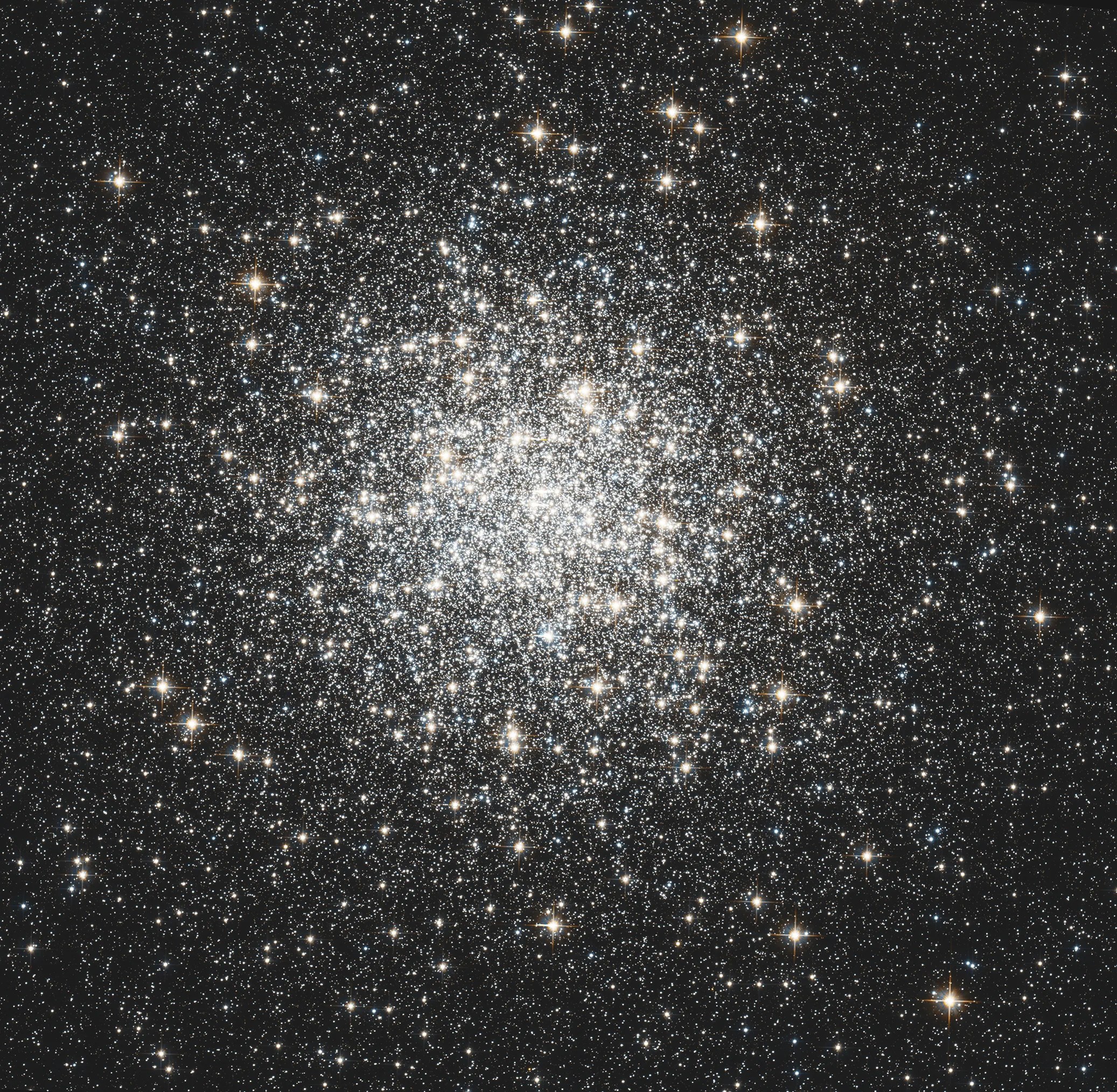
Messier 3
Messier 3 holds more than 500,000 stars.




